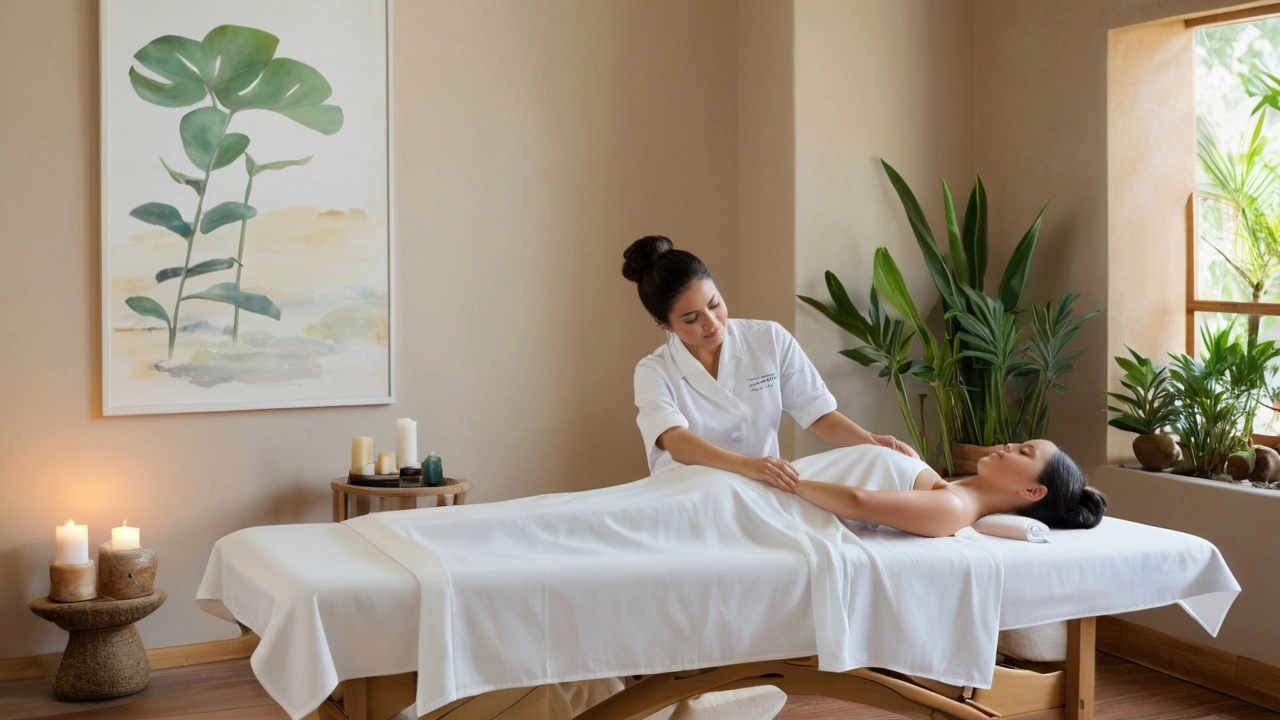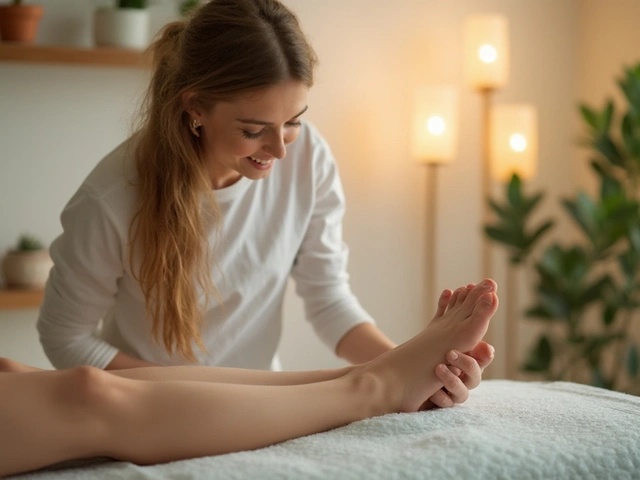Healing benefits: practical massage and bodywork that actually help
What if one well-chosen session could reduce pain, calm your nervous system, and help you sleep better? That’s the kind of healing benefit people get from targeted massage and bodywork. This page groups treatments by what they do, gives quick tips for picking a therapy, and points you to the most useful articles on our site.
Which therapies help what
If you want fast pain relief, try trigger point work or deep tissue techniques aimed at muscle knots. Trigger point massage targets specific tight spots to release pain and improve movement. For chronic structural issues—like postural problems or scoliosis—options such as Rolfing and Hellerwork focus on long-term alignment and can reduce recurring pain.
Want gentler, nervous-system support? Ortho-Bionomy and Feldenkrais use small, mindful movements to teach your body safer patterns. People with stress, sleeplessness, or anxiety often report big shifts after these sessions because they calm the body without force.
Traditional methods like Hilot, Lomi Lomi, Kahuna, and Laos massage combine rhythm, stretching, and long strokes to ease muscle tension and restore balance. Hot stone and warm stone massage add heat to relax muscles quickly—great in winter or after heavy workouts.
Hands-on options for special needs: palliative massage focuses on comfort for serious illness, blind massage highlights touch sensitivity and excellent palpation, and acupressure offers an easy, drug-free way to ease headaches and nausea.
Some solutions sit between therapy and medical care. Contractual tendon release surgery treats stubborn joint stiffness that manual work can’t fix. If movement is limited after conservative care, a surgical consult may be the right next step.
How to pick the right session and what to expect
Start with your main goal: pain relief, posture, relaxation, or better sleep. Match the therapy to that goal. Don’t guess—ask the therapist about training and experience specific to your issue. A qualified practitioner will ask about pain history, medications, and any surgeries before starting.
Expect clear guidance: a short intake, a focused session plan, and aftercare tips like gentle stretches, hydration, or a follow-up schedule. Most people feel immediate relief from tension and notice improved range of motion. For deeper structural work, plan several sessions spread over weeks.
Simple safety notes: skip deep sessions if you’re feverish, have an active infection, or recent fractures. If you’re on blood thinners or pregnant, mention that—therapists will adapt techniques or recommend alternatives.
Want more? Browse our articles on Hilot, Amma, Ortho-Bionomy, Hellerwork, trigger point therapy, warm stone massage, and palliative care for detailed guides, practical tips, and real user stories to help you choose the right path to healing.

Discovering the Healing Benefits of Maya Abdominal Massage
Maya Abdominal Massage is an ancient technique known for its profound healing effects on various physical and emotional issues. This massage focuses on aligning the body's internal organs, improving blood flow, and promoting overall well-being. In a world of modern healthcare, this traditional method offers a unique approach to holistic wellness.
Categories
- Health and Wellness (148)
- Alternative Therapies (86)
- Massage Therapy (40)
- Travel and Culture (15)
- Beauty and Skincare (9)
- Holistic Health (8)
- Health and Fitness (5)
- Spirituality (5)
- Other (2)
- Personal Development (2)
Popular Articles



